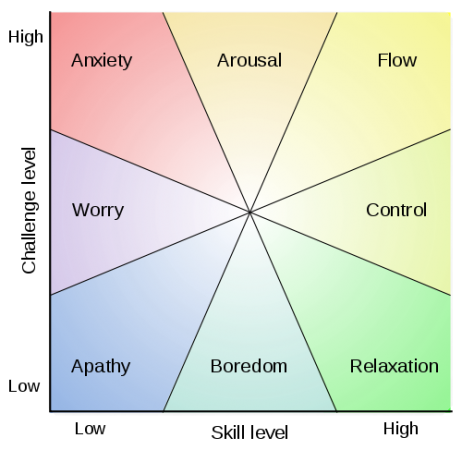When my verbal students complain about having to do diagrams (or vice versa) I try to explain that it’s useful for them to see, and be able to learn from, different points of view. There also a body of research showing that breaking familiar routines enhances creativity.
Actively doing something different, just by changing your routine for example (milk first then cereal instead of the other way around), seems to improve people’s cognitive flexibility (see: Ritter et al., 2011), but you have to do it yourself.
… being exposed to simple unconventional events, such as preparing breakfast in the “wrong” order, increased cognitive flexibility. Furthermore, these effects were found only when people actively participated in the unconventional activities. Just seeing someone else perform the activities was not enough (my emphasis).
— Damian, R., 2012: Why Would Doing Something Unconventionally Make Us More Creative? in Science + Religion Today.
These findings also suggest that greater diversity also promotes creativity — periods of greater immigration have been followed by increases in innovation.

It also suggest one reason why a little challenge is essential for motivating students to get into the flow zone for learning. People learn more, and become more engaged, when they’re challenged, have to struggle a little, and think differently, while figuring things out for themselves.
An interesting interview with Csikszentmihalyi is here.